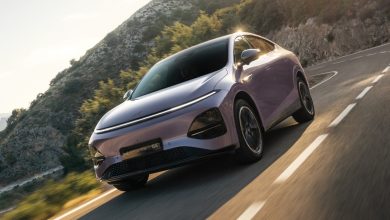Toyota GR Yaris unveiled with very impressive tech

Toyota Japan has just given engineers for the Renault Megane RS, Honda Civic Type R and Hyundai N sleepless nights with the launch of their latest super hatch which is making waves on social media since its unveiling two days ago.
PRESS RELEASE: Presenting the GR Yaris at the 2020 Tokyo Auto Salon, GAZOO Racing President Shigeki Tomoyama said: “One of TOYOTA GAZOO Racing’s commitments is to use motorsport to refine its knowhow and its personnel, with the aim of launching world-class production sports cars. While the new GR Supra is a sports car developed through track racing, the Toyota GR Yaris has been devised through our participation in rallies – something that many of our fans have been waiting for.”





Every aspect of the car has a performance focus: an all-new platform and engine, new suspension, lightweight construction and aerodynamic styling and a new GR-FOUR permanent all-wheel drive system. With high power and low weight, it has all the credentials for competition success, and for delivering exhilarating performance as a super-hot hatch for the road.
Heritage
The new GR Yaris is Toyota’s first genuine all-wheel drive sports car and its first homologation model for World Rally Championship competition since the end of production of the Celica GT-FOUR in 1999.
Across two generations and three models, the Celica GT-FOUR featured in Toyota’s most successful WRC campaigns, a golden age of rallying that brought the company 30 rally victories, four drivers’ championship titles and one manufacturers’ championship. In a reference to its illustrious predecessor and its all-wheel drive technology, the Toyota GR Yaris features a GR-FOUR logo on its tailgate.
As a homologation model, the GR Yaris will support the development of a new competition car for the TOYOTA GAZOO Racing World Rally Team’s WRC campaign. Since rejoining the championship in 2017, Toyota has won both the manufacturers’ championship, in 2018 and, with Ott Tänak, the drivers’ championship in 2019.
Development Priorities
The WRC-skilled team of designers and engineers at Tommi Mäkinen Racing focused on perfecting the aerodynamics, weight distribution and light weight of the new car – the three qualities essential to achieving the best performance and drivability.
A lower roofline improved the car’s ability to cut through the air, while positioning the new 1.6 turbo engine further back towards the centre of the car and locating the battery in the boot helped produce a better chassis balance for improved handling, stability and responsiveness.
The three-door body shell is made from lightweight materials including carbon fibre polymer and aluminium, to deliver an impressive power-to-weight ratio, while the new platform allows for a wider rear track and new double wishbone rear suspension system. The team also devised reinforcements beneath the side members to ensure the suspension’s performance potential can be realised.
To ensure the plans worked in practice, the Toyota GR Yaris was put to the test by professional race and rally drivers during the development programme.






Unique Design
Although the new GR Yaris sits at the top of the all-new Yaris range, it has a unique design with a three-door body and a roof lowered by 91mm, creating a coupe silhouette. Frameless doors add to the coupe look. At the front the grille design and spoiler express the car’s authentic GR status, while at the rear the wide tread and muscular wings accommodate 18-inch alloy wheels.
All-new 1.6-litre Turbo Engine
The Toyota GR Yaris’ engine is an all-new, three-cylinder turbocharged unit that benefits from motorsport technologies to maximise performance, including multi-oil jet piston cooling, large-diameter exhaust valves and a part-machined intake port. Displacing 1,618 cm3, it produces a maximum 261 DIN hp/192 kW and 360 Nm of torque.
Compact and lightweight, the DOHC 12-valve engine features a single-scroll ball-bearing turbo and is matched to a six-speed manual transmission, engineered to accommodate high torque levels.
Power-to-Weight Ratio
Achieving a strong power-to-weight ratio was a key objective to help meet the GR Yaris’ performance targets. The body shell is constructed predominantly from lightweight materials, including a new carbon fibre polymer for the roof that can be compression moulded. Aluminium is used for the bonnet, doors and tailgate. As a result, the Toyota GR Yaris has the power of a C-segment performance hatch but the weight of a B-segment machine (kerb weight 1,280 kg). Its power-to-weight ratio of only 4.9 kg per DIN hp helps deliver 0-100 km/h acceleration in less than 5.5 seconds and an electronically limited top speed of 230 km/h.
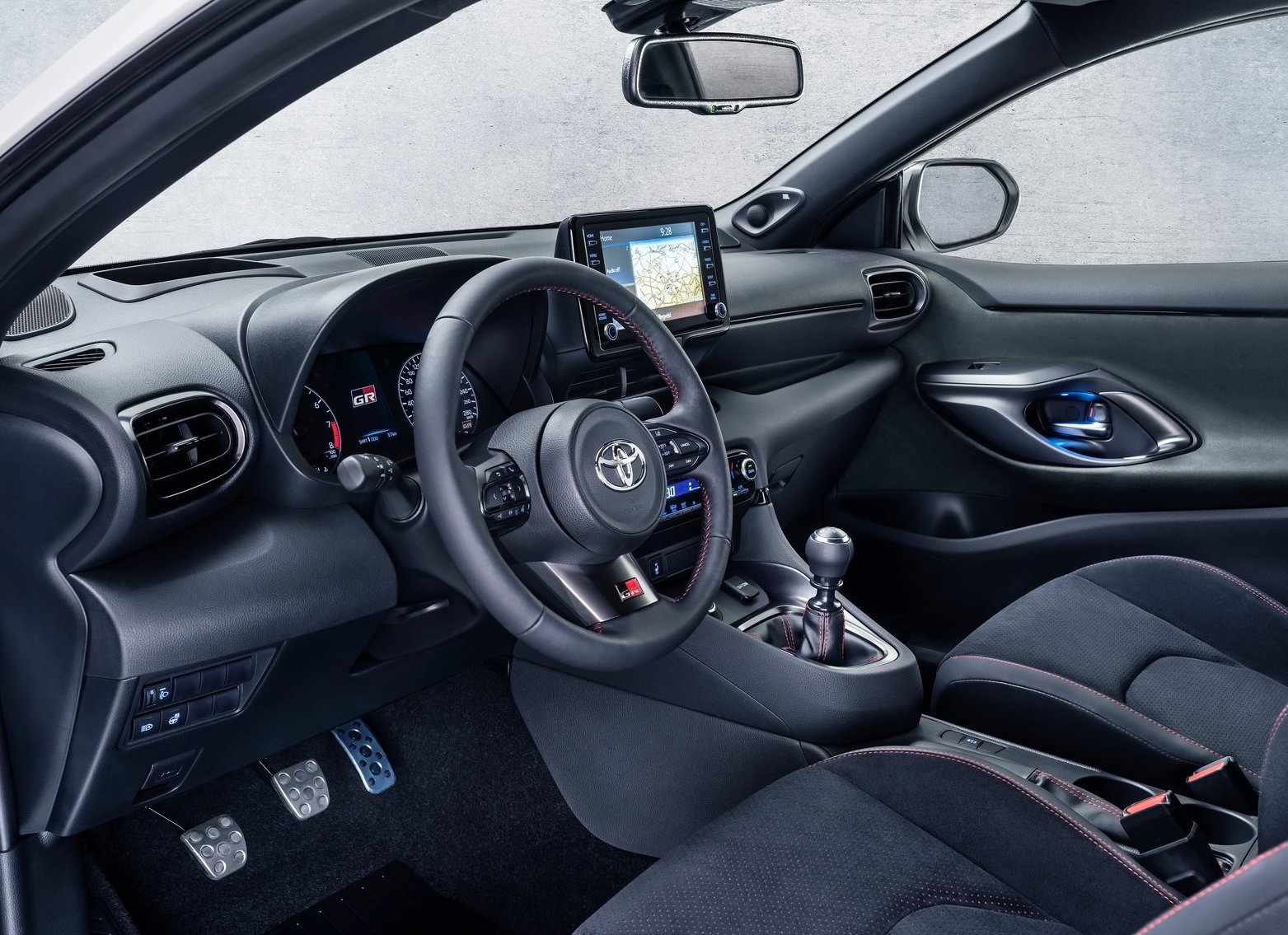
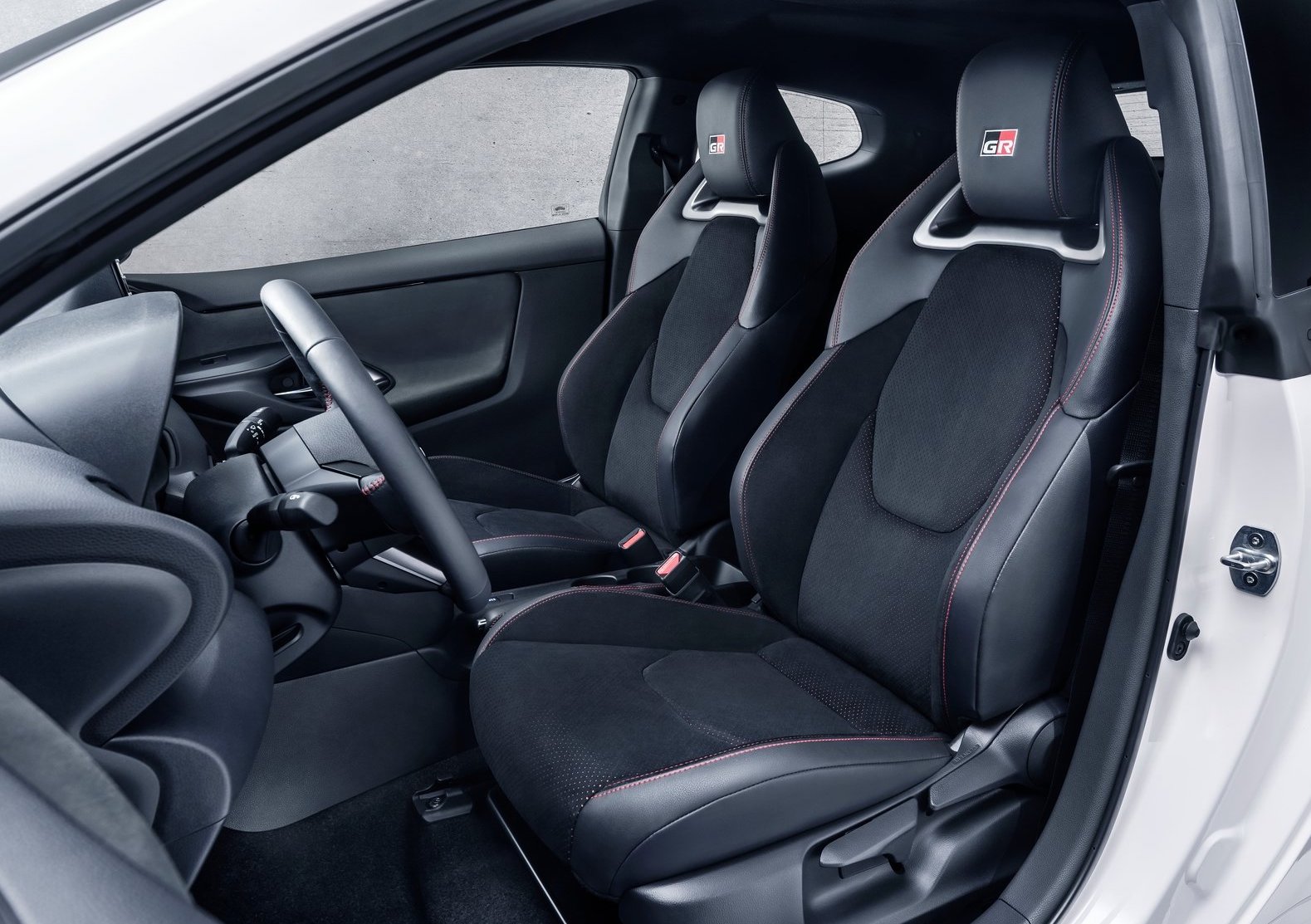
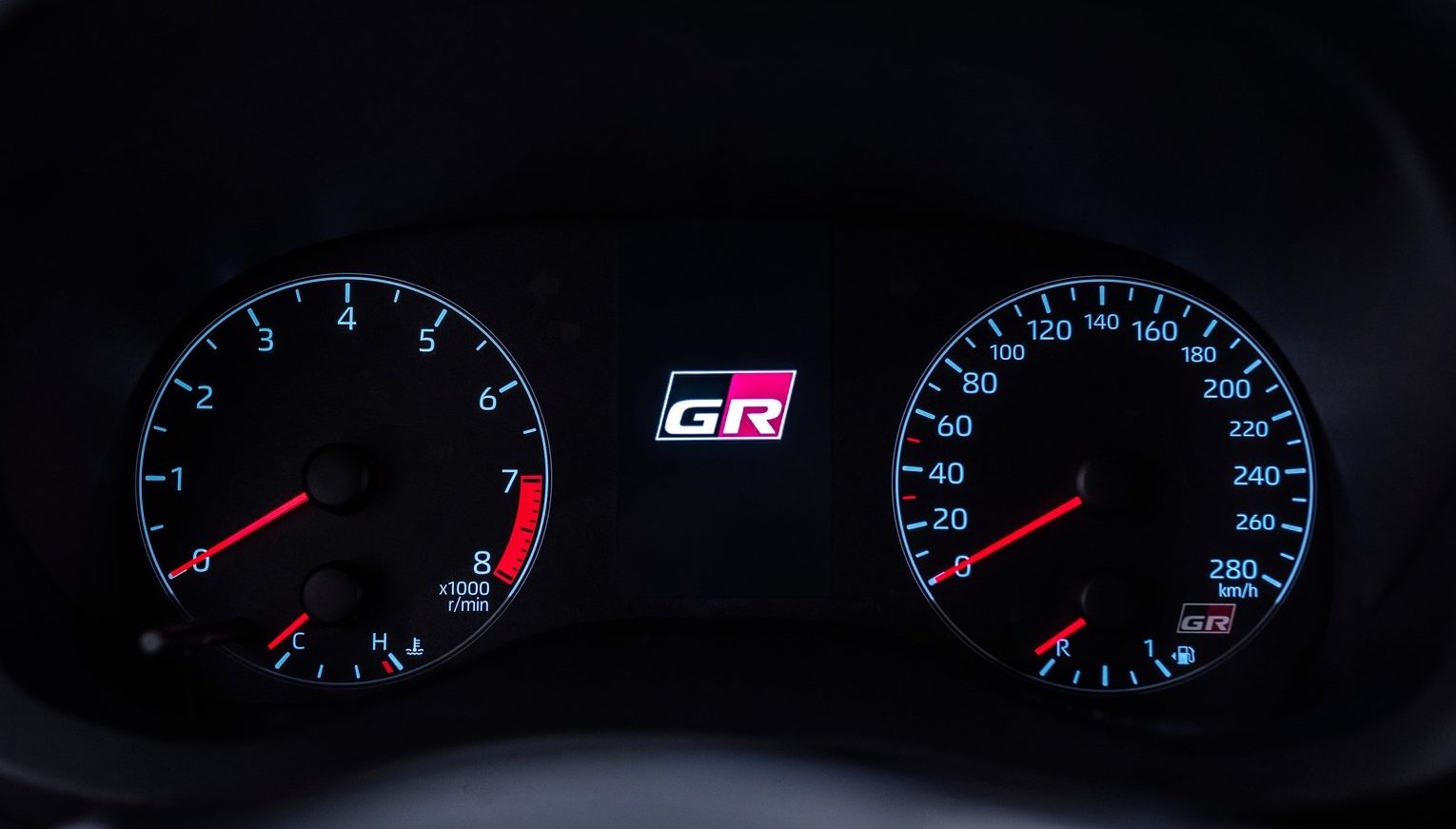
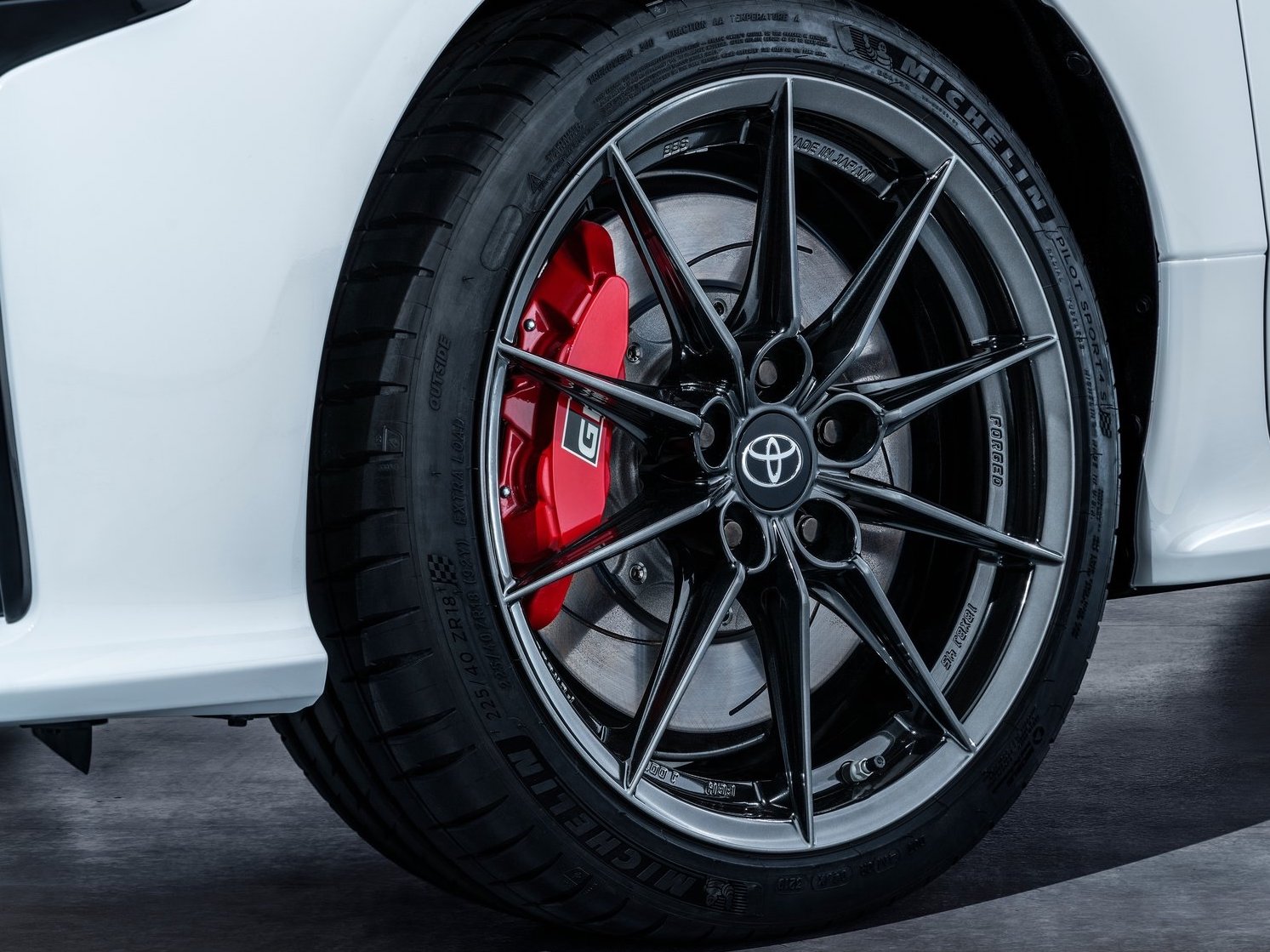
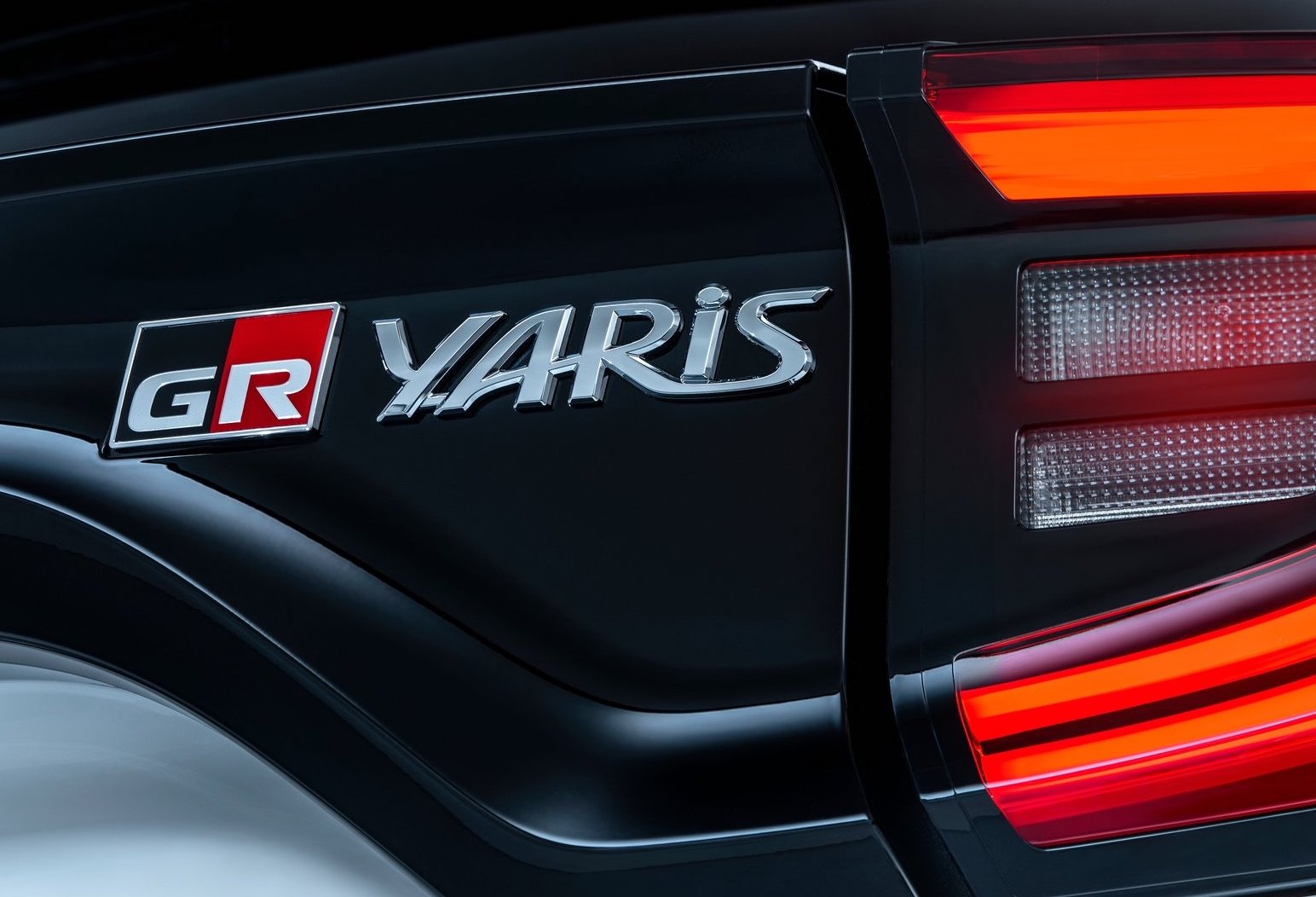

GR-FOUR: New Four-Wheel Drive System
The GR Yaris’ performance is supported by a new GR-FOUR four-wheel drive system designed to optimise drive power to each wheel, while also being simple and lightweight.
The distribution of torque between the front and rear axles is governed by a high-response coupling. As an option in the Circuit-Pack (details below), two Torsen limited-slip differentials manage the split between the left and right-side wheels to give natural and direct car control.
The ingenious system uses slightly different gear ratios for the front and rear axles and allows for a theoretical range of front/rear torque balance from 100:0 (full front-wheel drive) to 0:100 (full rear-wheel drive). This flexibility gives a performance advantage over AWD on-demand systems that use twin-coupling or permanent AWD systems with a centre differential. The GR FOUR system is also considerably lighter in weight.
The driver can adjust four-wheel drive performance to suit their preference or the driving situation using a 4WD mode dial switch. In normal mode the base front/rear torque distribution is 60:40; in Sport mode the balance shifts to the rear, with 30:70 distribution to achieve a fun-to-drive quality on winding roads and circuits; and in Track mode the base setting is 50:50 for fast, competitive driving on circuits or special stages. In each mode, the torque balance will automatically adjust in response to the driver’s inputs, vehicle behaviour and road or track conditions.
Dedicated Platform and Suspension
The GR Yaris has a new, dedicated platform that combines the front end of Toyota’s GA-B platform – debuting in the all new Yaris model in 2020 – with the rear of the GA-C platform. This allows for a new suspension design and accommodation of the GR-FOUR all-wheel drive system, while also contributing to the car’s excellent stability and handling.
Where the standard new Yaris uses a torsion beam rear suspension, the Toyota GR Yaris has a double wishbone set-up, with every element optimised for performance. A MacPherson strut system is used at the front.
Performance Braking System
The performance braking system features large, 356 mm grooved front discs with four-pot callipers, engineered to cope with rigorous demands of high-speed track and special stage driving with high-level heat capacity.

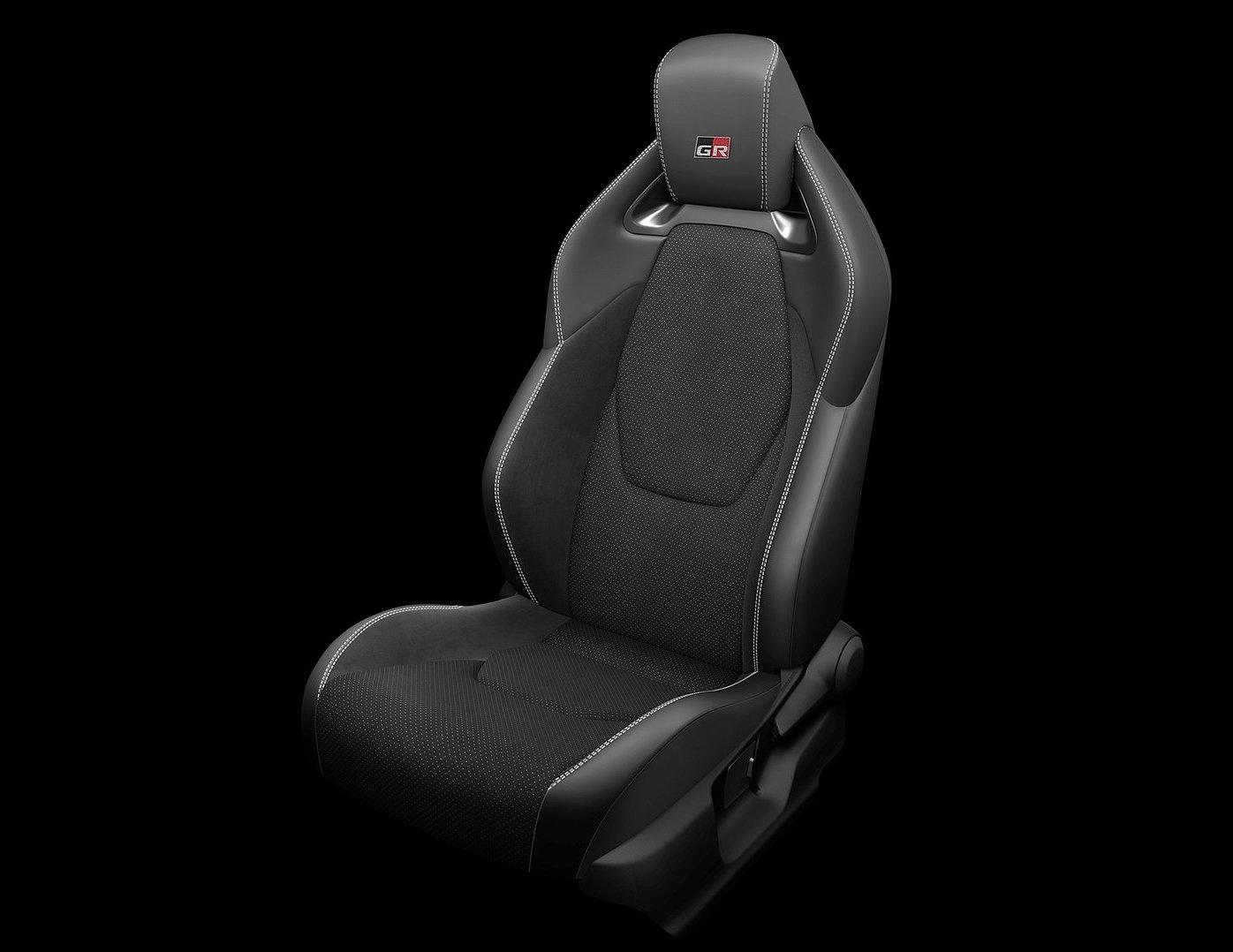
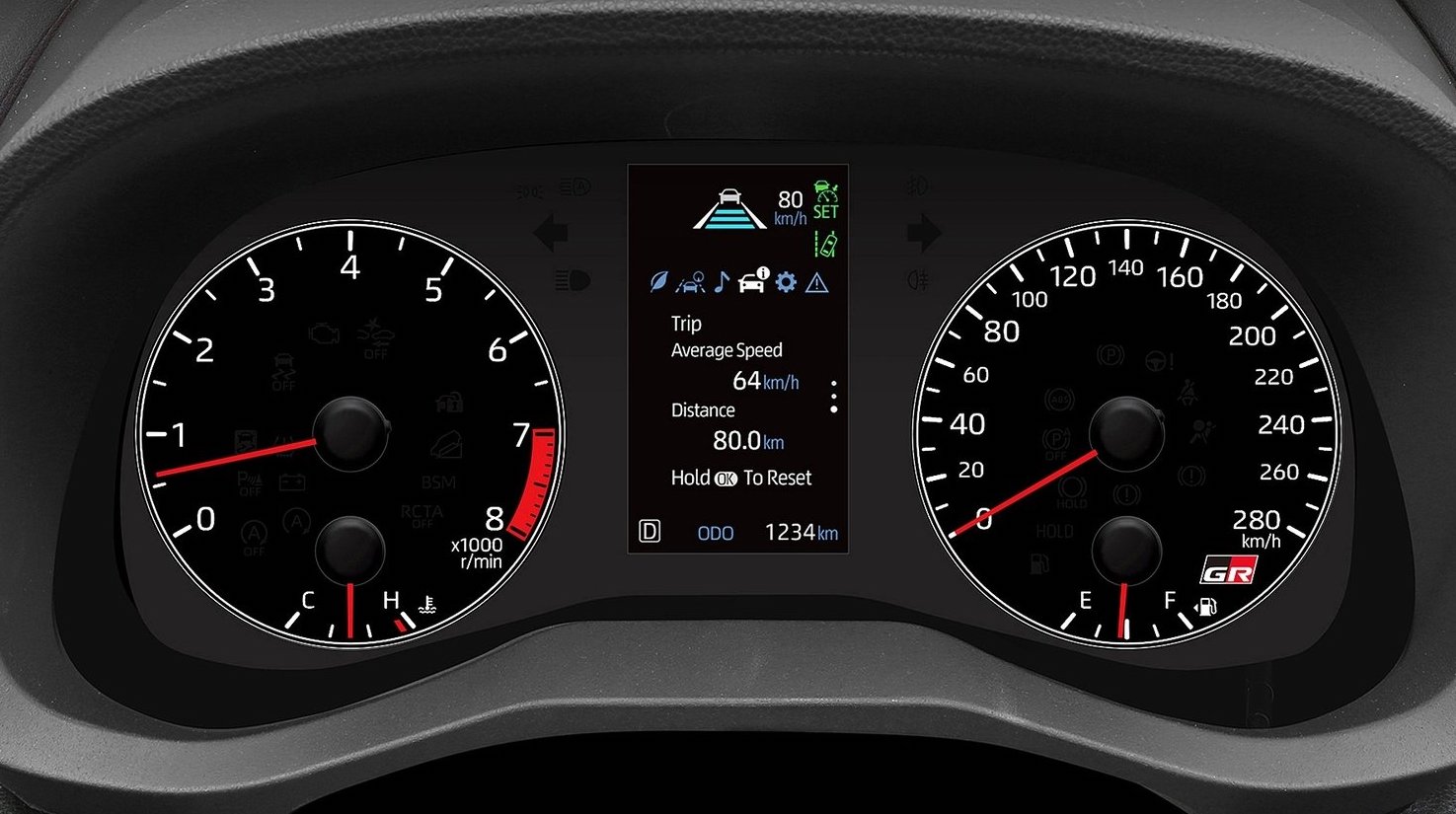
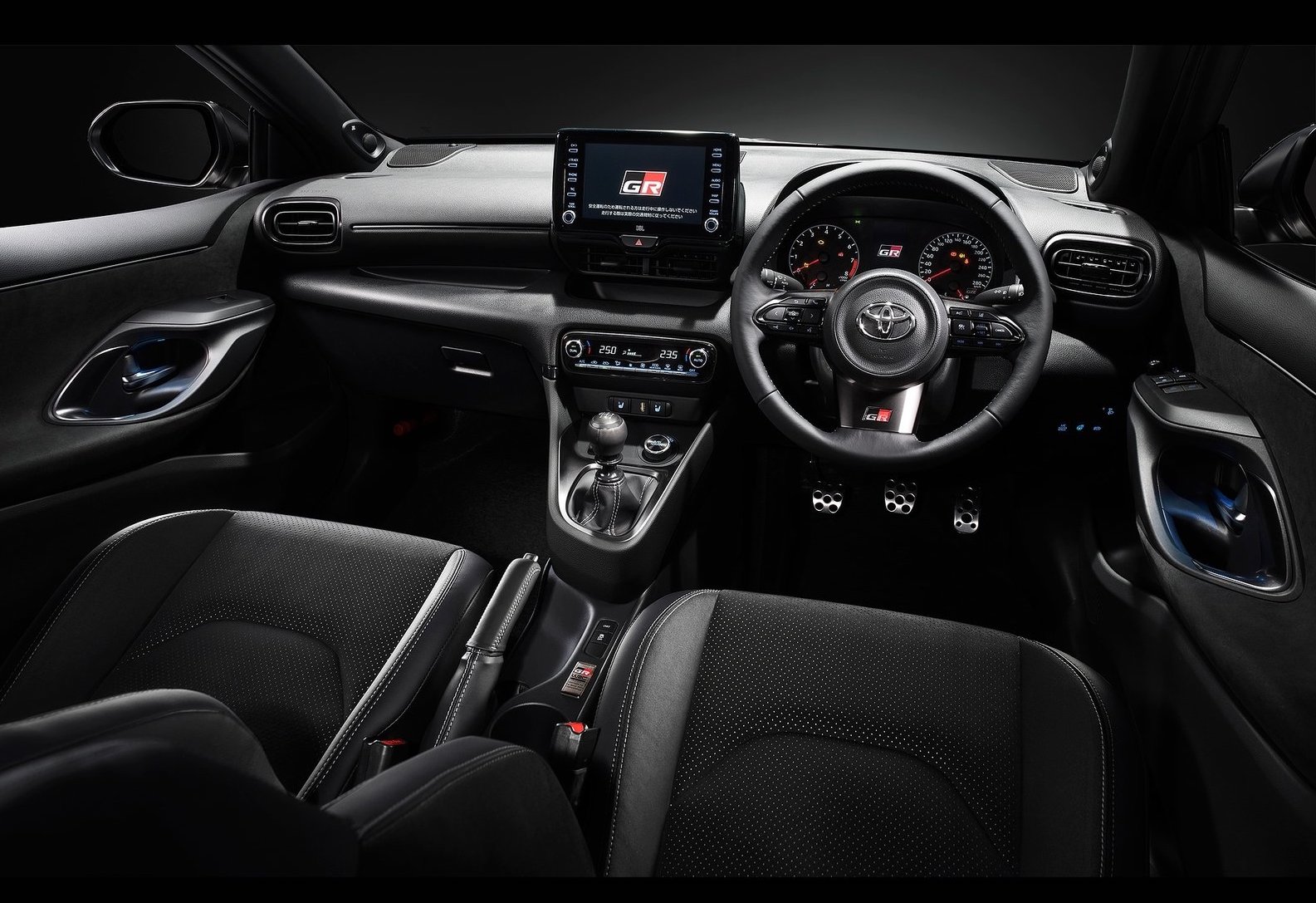


Circuit Pack
Customers can upgrade their GR Yaris with an optional Circuit Pack. This equips the car with a Torsen limited-slip differential on both the front and rear axle, performance-tuned suspension and 18-inch forged alloy wheels with Michelin Pilot Sport 4s 225/40R18 tyres.
New GR Production Centre at Motomachi
To help meet its performance goals for the GR Yaris, Toyota has established a new production facility at its Motomachi factory with a line dedicated to manufacturing GR sports cars. Instead of the traditional conveyor system, the body and assembly lines comprise a number of different cells connected by automatic guided vehicles.
Production of each vehicle calls for a large number of manual processes, for which Toyota utilises a specialist team of skilled workers. The factory design and the talents of the workforce allow for high-precision assembly of highly rigid vehicle bodies to levels that are hard to achieve on standard production lines.
With its new manufacturing methods, the GR facility is capable of handling multi-type, small-volume production, without compromising productivity.




